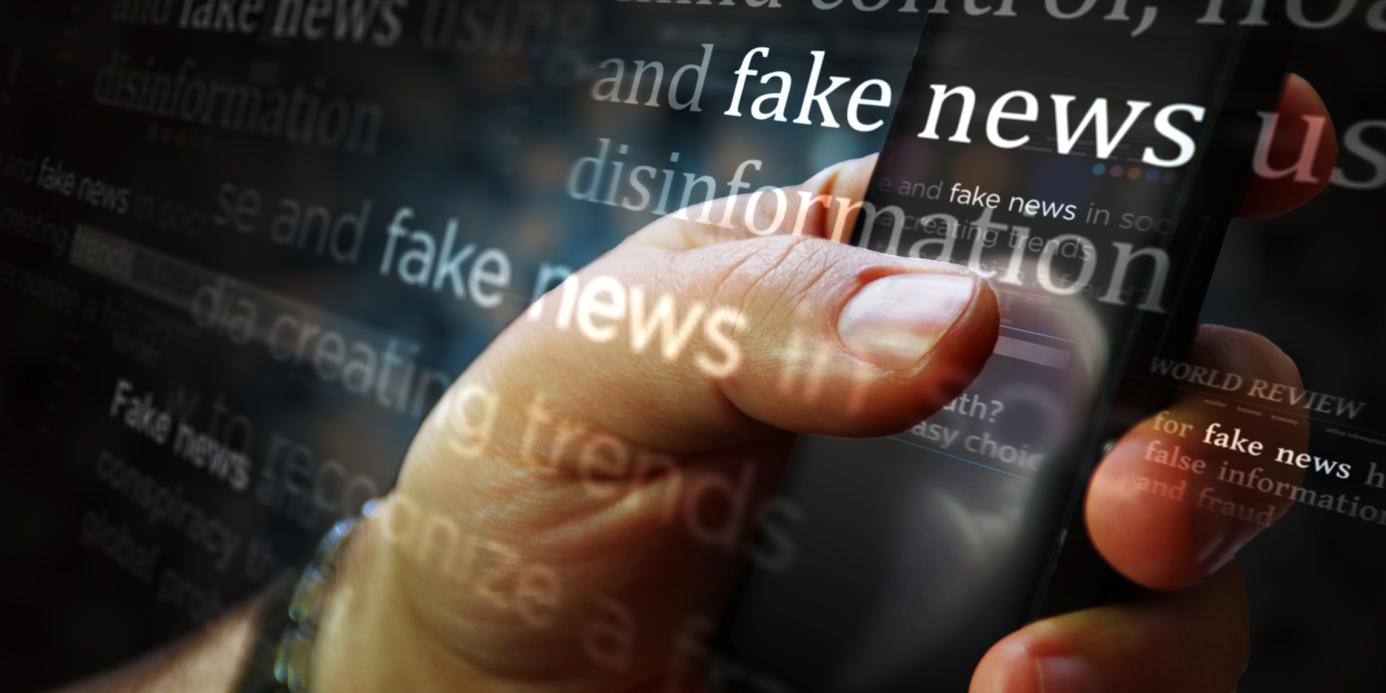Artificial intelligence (AI) is a collective term for applications or systems that mimic human intelligence in performing certain tasks. They also have the ability to improve themselves based on information gathered. AI creates many opportunities for businesses. Indeed, it can enable the development of a new generation of products and services, including in sectors where European companies already have a strong presence, such as the circular economy, machinery, agriculture, healthcare, fashion, tourism and others. It can also optimise sales channels, improve machine maintenance, increase production and quality, improve customer services and save energy. In addition, AI is expected to be used more and more often in the fight against crime and terrorism, as big data can be processed more quickly and analysis can be performed.
However, since the emergence of generative AI, with computer systems such as ChatGPT and Midjourney becoming creative and creating their own text and images, experts warn of a significant rise in fake news as, among other uses, AI can be used to create false images and text of a level of authenticity never seen before. The term "fake news" refers to "information that is demonstrably false and is intentionally disseminated with the aim of misleading and/or harming the reader". The spread of this type of content is very rapid, especially through social media: an increasing group of people use social media as their main source of information, which makes it easier for fake news to reach this type of reader, in part because AI has made it seem much more real.
Fake news can have several underlying motivations. One of them could be the sender's intention to destabilise. Suppose, for example, that one country or government deliberately wants to cause destabilisation and dissension in another, for example to influence certain decision-making. Another underlying reason could be that the sender intends to make money from the false message. In this case, a fake news story could, for example, cause stock market values to fluctuate to the benefit of the perpetrator or a certain group of people. Finally, they can also be satirical messages, spread as a joke or offence towards a person or group of people.
This is why this model of news has certain dangers. For example, it can lead to the creation of conspiracy theories, which in turn can generate distrust towards the government or other organisations, individuals or even certain groups. In addition, there is also the risk that, by using this type of news, people will stop believing in something specific even though it is in fact entirely true. It is therefore important to pay attention to the phenomenon and to recognise false or misleading information in time.

